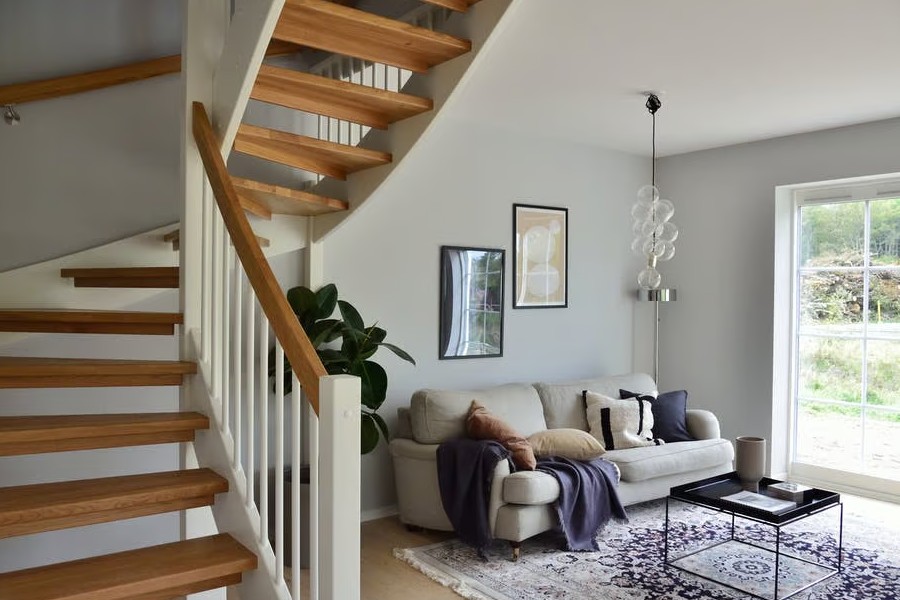In a world where less is more, the charm of living in a small and self-sufficient space has captivated the imagination of many.
For some, it’s a deliberate lifestyle choice, for others, a practical solution to cope with housing challenges in urban areas. Regardless of the motivation, the idea of “tiny living” has led to a cultural shift in how we define home. In this comprehensive exploration, we peel back the multi-layered reality of tiny home living, dissecting the movement from its origins to its burgeoning rise and the implications it has for our future living spaces.
Understanding the Tiny Home Movement
Tiny houses have been cropping up across the global housing landscape, providing a tangible reflection of a broader cultural desire for simplification, sustainability, and financial freedom. These compact structures, typically comprising 400 square feet or less, eschew the notion that big is better, instead emphasizing quality over quantity.
What began as a response to the 2008 recession’s housing affordability crisis burgeoned into a full-fledged movement, championed by environmentalists, design enthusiasts, and those yearning for a more intentional way of life. Tiny home dwellers often cite reduced environmental impact, lower living expenses, and a more fulfilling lifestyle as the chief motivations behind their decision to downsize.
Benefits of Tiny Home Living
The advantages of transitioning to a tiny home are extensive and compelling. In terms of sustainability, these dwellings significantly reduce one’s carbon footprint. With less space to heat or cool and often built with eco-friendly materials, tiny homes lead the charge in conscientious living. Financially, the virtues of minimalism are equally appealing—tiny houses require less maintenance and lower utility bills, allowing owners to invest in experiences instead of excessive space. Namely, the professionals from CleverTinyHomes suggest that getting a tiny home on wheels allows you to enjoy a high-end home at a low cost. Furthermore, the smaller footprint fosters a healthier lifestyle; it’s easier to keep a tidy, uncluttered living space, and residents are encouraged to spend more time outdoors or engage in physical activities rather than being tied to maintaining a large home.
Challenges and Considerations
However, the path to tiny home living is not without its obstacles. Challenges such as zoning laws, finding appropriate land, and departing from societal norms regarding housing remain formidable barriers for many interested in this lifestyle. Additionally, the prospect of living in a smaller space requires a careful assessment of one’s belongings and purchasing habits. This lifestyle shift can also entail social challenges, as community interactions can be impacted by the remote location of tiny homes or the prevailing norms of material wealth.
Design Trends in Tiny Homes
The functional and aesthetically pleasing design of tiny homes is a subject of fascination for many, as these spaces necessitate clever use of every inch. The design ethos that underpins tiny homes often revolves around multifunctionality, with many pieces of furniture serving double or even triple-duty, and innovative storage solutions are a necessity.
Modern tiny home interiors often reflect a minimalist and Scandinavian-inspired aesthetic, with an emphasis on natural light, clean lines, and a neutral color palette to create a sense of spaciousness. Sustainable elements, such as composting toilets, rainwater harvesting systems, and solar panels, are also commonplace features.
Community and Lifestyle
Living in a tiny home offers a unique chance to immerse oneself in a community that values similar principles. Tiny home villages or communities provide a network of like-minded individuals who share resources, socialize, and support one another. This sense of communal living can be a powerful antidote to the social isolation and individualism often associated with contemporary living.
The tiny home lifestyle also encourages a more mindful approach to consumerism, as residents have to be intentional about their purchases due to space constraints. Engaging in community activities or local commerce can become part and parcel of everyday life, strengthening the fabric of both the personal and collective living experience.
The Future of Tiny Home Living
Tiny home living has implications that extend far beyond the simple act of downsizing. The movement challenges the very notion of what it means to live well and suggests that our quest for happiness and fulfillment may lie in simplifying our lives and living in greater harmony with the planet.
However, it’s important to recognize that tiny homes are not a one-size-fits-all solution. The movement’s success hinges on finding the right balance between individual desires, community needs, and the broader context of city planning and environmental health. With thoughtful consideration and creative problem-solving, tiny home living could pave the way for a more sustainable and fulfilling way of life for many.
In the grand tapestry of contemporary living, the tiny house movement represents a compelling narrative about redefining the essence of home and the values we choose to live by. It stands as a testament to human adaptability and our collective pursuit of sustainability, financial freedom, and a more purposeful existence. While tiny living might not be the panacea for all societal challenges related to housing and lifestyle, it undeniably offers innovative solutions and a fresh perspective on what it means to create a meaningful space in the world. The future of tiny home living hinges on a delicate balance of personal choice, community support, and progressive policy-making that together can foster an environment where such alternative living arrangements flourish. As society continues to grapple with environmental concerns, economic pressures, and a reevaluation of traditional life paths, the tiny home movement illuminates the possibilities that lie in thinking smaller, dreaming bigger, and living with intention.
Become a Harlem Insider!
By submitting this form, you are consenting to receive marketing emails from: Harlem World Magazine, 2521 1/2 west 42nd street, Los Angeles, CA, 90008, https://www.harlemworldmagazine.com. You can revoke your consent to receive emails at any time by using the SafeUnsubscribe® link, found at the bottom of every email. Emails are serviced by Constant Contact








